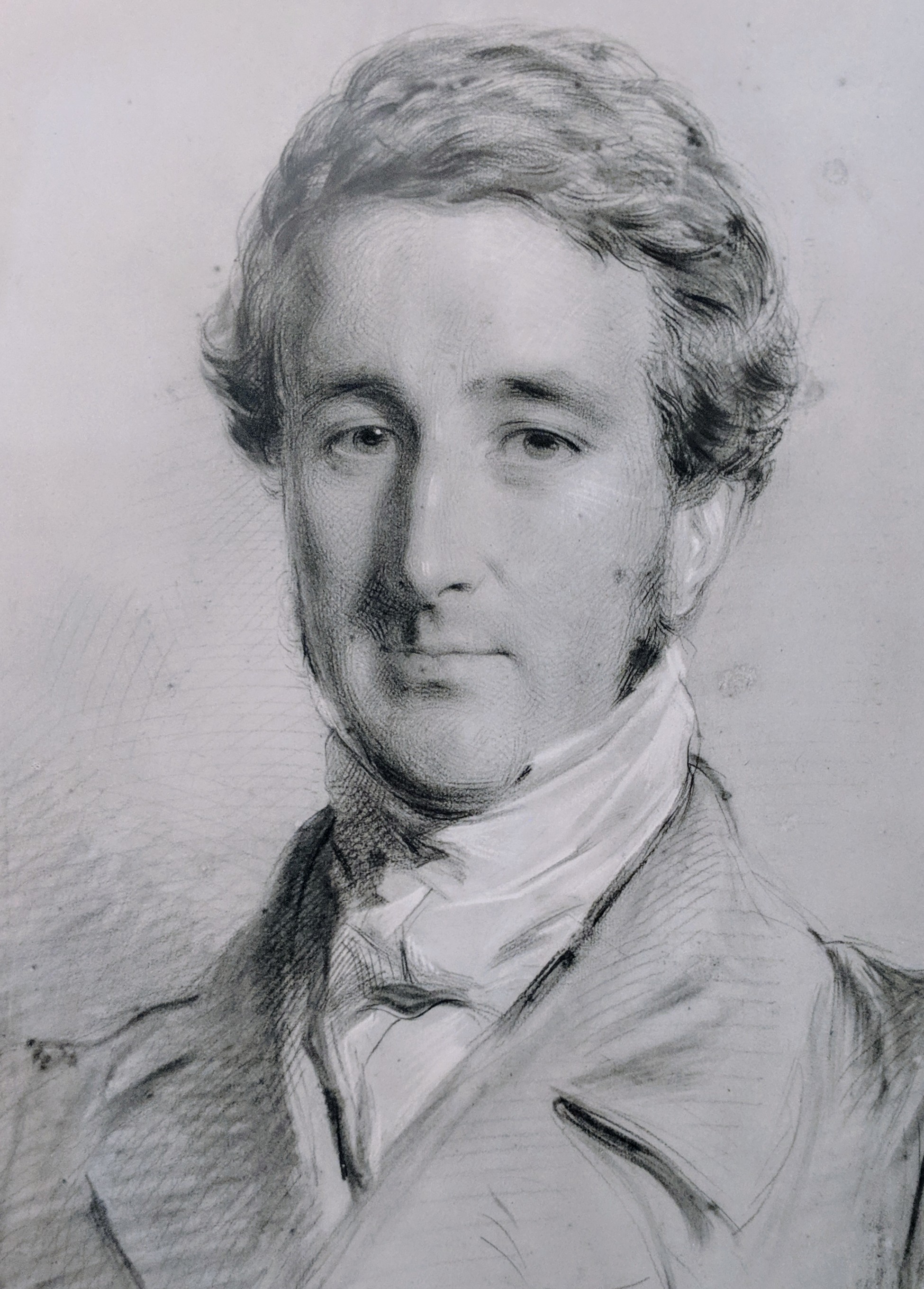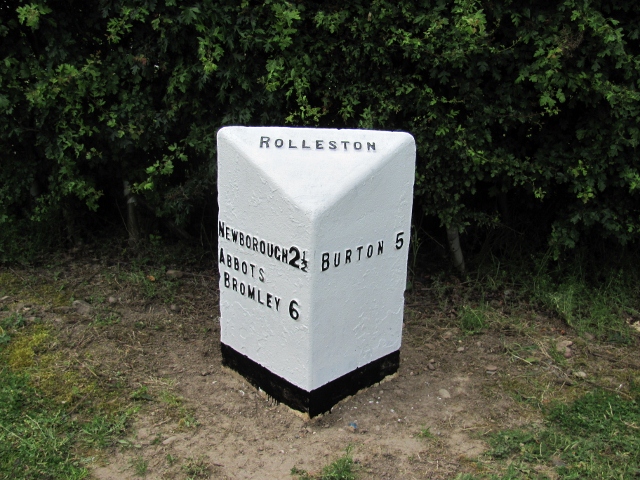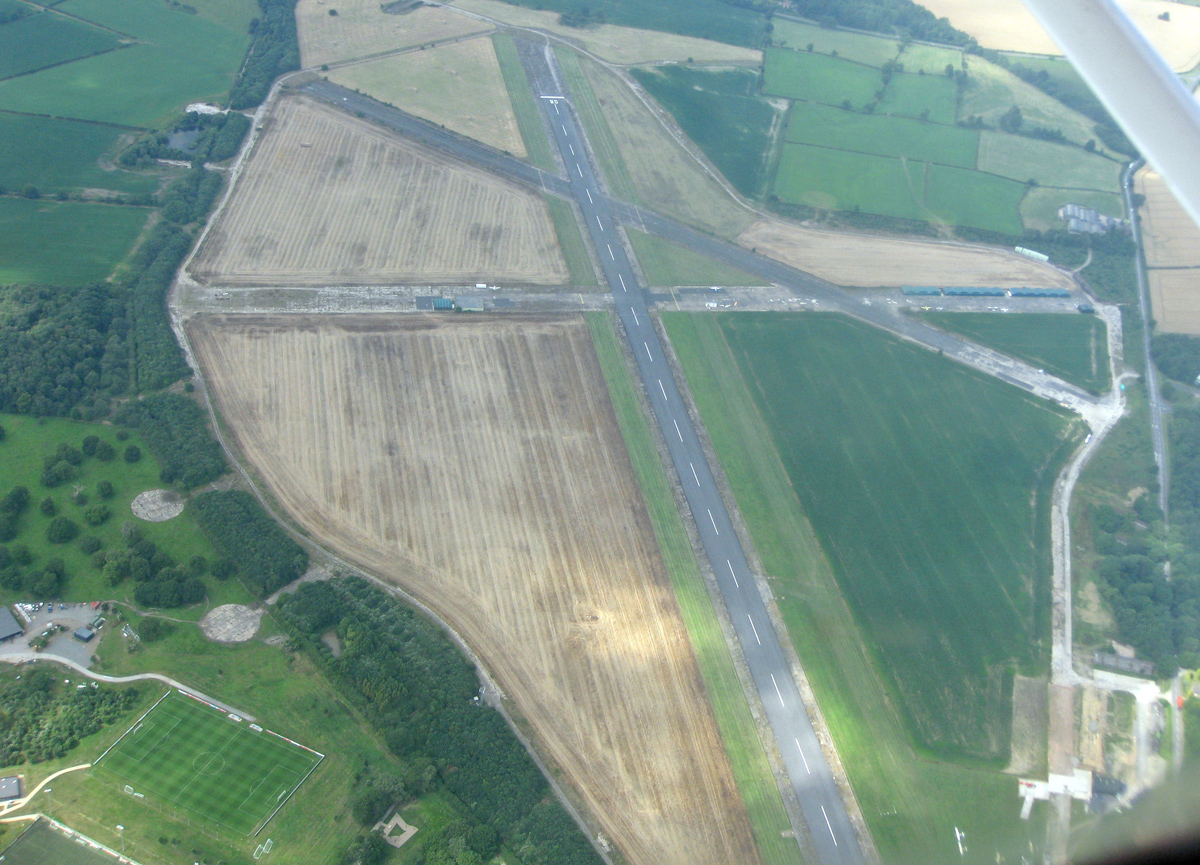|
Tatenhill
Tatenhill is an ancient village and a civil parish located in a deep valley, between two hills, which gradually descend from the eastern border of Needwood Forest, west-southwest of Burton upon Trent, Staffordshire, England. Buildings The sandstone Parish Church of St. Michael is a 13th-century building which was substantially enlarged and altered in the 15th century. Around 1890, Bodley restored the church. It is a Grade II* listed building. Beside the church stands the Old Rectory which was built in the early 18th century (1704 has been found written on the plaster inside the house) for William Binckes, Dean of Lichfield. Noted for its fine Georgian architecture is also a Grade II* listed building. In 2008, this house was one of four finalists in the "England's Finest Parsonage" contest featured in Country Life (magazine). [...More Info...] [...Related Items...] OR: [Wikipedia] [Google] [Baidu] |
Listed Buildings In Tatenhill
Tatenhill is a civil parish in the district of East Staffordshire, Staffordshire, England. It contains 29 buildings that are recorded in the National Heritage List for England. Of these, three are listed at Grade II*, the middle grade, and the others are at Grade II, the lowest grade. The parish contains the villages of Tatenhill and Rangemore, and is otherwise rural. The listed buildings include a country house An English country house is a large house or mansion in the English countryside. Such houses were often owned by individuals who also owned a town house. This allowed them to spend time in the country and in the city—hence, for these peopl ... and associated structures, houses and associated buildings, cottages, farmhouses and farm buildings, two churches and associated structures, a public house, two mileposts, and a school. Key Buildings References Citations Sources * * * * * * * * * * * * * * * * * * * * * * * * * * * * * * * {{DEFAUL ... [...More Info...] [...Related Items...] OR: [Wikipedia] [Google] [Baidu] |
Tatenhill Airfield
Tatenhill Airfield is a licensed airfield operated by Tatenhill Aviation Ltd. Its CAA Ordinary Licence (Number P813) allows flights for the public transport of passengers and for flying instruction as authorised by the licensee, Tatenhill Aviation. and is an ANSP The three runways are paved, but one is no longer operational, and a second is used only occasionally. Running east-west, the main runway is the longest. The airfield is part of the Needwood Survey, a 3000 hectare (12 sq miles) estate held by the in the area of the former |
RAF Tatenhill
RAF Tatenhill is a former Royal Air Force satellite airfield in Tatenhill, Staffordshire, England, west of Burton on Trent. It was originally known as ''RAF Crossplains''. History The field was built in 1941 as a satellite for No. 27 Operational Training Unit RAF (OTU) at RAF Lichfield later becoming a satellite airfield for RAF Wheaton Aston. The design was the wartime RAF standard of three co-intersecting runways, east-west, north-south diagonal. The east-west runway was the only one suitable to safely accommodate bomber take off and landings () which hampered its operability. It was used as a bomber crew training field, which continued in varied training functions until 1944 with Vickers Wellington, Airspeed Oxford and Avro Anson aircraft for RAF Bomber Command. Later a single engine training unit arrived using the Miles Master aircraft. It was then used by the RAF School of Explosives after the disastrous explosion at nearby RAF Fauld, from October 1945 until January ... [...More Info...] [...Related Items...] OR: [Wikipedia] [Google] [Baidu] |
Needwood Forest
Needwood Forest was a large area of ancient woodland in Staffordshire, England, which was largely lost at the end of the 18th century. History The forest was on extensive lands owned by the Berkeley family of Berkeley Castle in Gloucestershire. The forest was home to extensive stocks of wild boar and fallow deer. In the 13th century, Thomas de Berkeley was assigned to be the keeper of the Tutbury ward, and while resident at Tutbury Castle liked to hunt the forest. He had a hunting lodge built, Byrkley Lodge. In 1267, Thomas married the daughter of William de Ferrers, the Earl of Derby. During the rebellion of Simon de Montford against King Henry III, the de Ferrers family allied themselves with the rebellion. After the rebellion was put down, the de Ferrers were forced to forfeit their estates to the crown. Henry III gave the forest to his son Edmund Crouchback, 1st Earl of Lancaster, in 1266. His son Thomas, 2nd Earl of Lancaster died childless in 1322, and thus the ... [...More Info...] [...Related Items...] OR: [Wikipedia] [Google] [Baidu] |
Burton Upon Trent
Burton upon Trent, also known as Burton-on-Trent or simply Burton, is a market town in the borough of East Staffordshire in the county of Staffordshire, England, close to the border with Derbyshire. In United Kingdom Census 2011, 2011, it had a population of 72,299. The demonym for residents of the town is ''Burtonian''. Burton is located south-west of Derby, north-west of Leicester, west-south-west of Nottingham and south of the southern entrance to the Peak District National Park. Burton is Brewers of Burton, known for its brewing. The town grew up around Burton Abbey. Burton Bridge was also the site of two battles, in Battle of Burton Bridge (1322), 1322, when Edward II of England, Edward II defeated the rebel Thomas, Earl of Lancaster, Earl of Lancaster and in Battle of Burton Bridge (1643), 1643 when royalists captured the town during the First English Civil War. William Paget, 1st Baron Paget, William Lord Paget and his descendants were responsible for extending the m ... [...More Info...] [...Related Items...] OR: [Wikipedia] [Google] [Baidu] |
Charles Abraham (bishop Of Wellington)
Charles John Abraham (18144 February 1903) was the first Anglican Bishop of Wellington. He married Caroline Palmer who became a noted artist.Caroline Harriet Palmer NZ encyclopedia, retrieved 28 June 2014 
Life Born in 1814, the son of the late captain Abraham, of , he was educated at |
William Binckes
William Binckes (bapt. 25 May 1653''London, England, Church of England Baptisms, Marriages and Burials, 1538–1812'' – 19 June 1712) was an English preacher and sermon writer, noted for his term as Dean of Lichfield. Biography Binckes was born at Cheapside, London, the son of Richard Binckes. He was baptised there at St Mildred, Poultry. He was educated at Westminster School and St. John's College, Cambridge, where he graduated B.A. in 1674, was elected to a fellowship at Peterhouse, and took the degree of M.A. in 1678. He was instituted to the prebend of Nassington, in the church of Lincoln on 2 May 1683, and to that of Basset Parva, in the church of Lichfield, 15 July 1697. In 1699 he took the degree of D.D. On 30 January 1701, being then proctor of the Diocese of Lichfield, he preached before the lower house of convocation a sermon on the martyrdom of Charles I of England, in which he drew a parallel between it and the crucifixion of Jesus Christ, maintaining that having reg ... [...More Info...] [...Related Items...] OR: [Wikipedia] [Google] [Baidu] |
Staffordshire
Staffordshire (; postal abbreviation Staffs.) is a landlocked county in the West Midlands region of England. It borders Cheshire to the northwest, Derbyshire and Leicestershire to the east, Warwickshire to the southeast, the West Midlands County and Worcestershire to the south and Shropshire to the west. The largest settlement in Staffordshire is Stoke-on-Trent, which is administered as an independent unitary authority, separately from the rest of the county. Lichfield is a cathedral city. Other major settlements include Stafford, Burton upon Trent, Cannock, Newcastle-under-Lyme, Rugeley, Leek, and Tamworth. Other towns include Stone, Cheadle, Uttoxeter, Hednesford, Brewood, Burntwood/Chasetown, Kidsgrove, Eccleshall, Biddulph and the large villages of Penkridge, Wombourne, Perton, Kinver, Codsall, Tutbury, Alrewas, Barton-under-Needwood, Shenstone, Featherstone, Essington, Stretton and Abbots Bromley. Cannock Chase AONB is within the county as well as parts of the ... [...More Info...] [...Related Items...] OR: [Wikipedia] [Google] [Baidu] |
Brutus Babington
The Rt Rev. Brutus (or Brute) Babington (1558-1611) was an Englishman who became the Church of Ireland Bishop of Derry. Life He was the son of Richard Babington and Anne Starkey (formerly of Wrenbury Hall).Burke's Irish Landed Gentry by Bernard Burke, 'Babington of Creevagh', pg 42' He was the great-grandson of Sir Anthony Babington, MP for Nottingham and the second cousin to the conspirator Anthony Babington.Babington of Rothley Temple' in Burke, John, 'A Genealogical and Heraldic History of the Commoners of Great Britain and Ireland'. (London: Henry Colburn, 1838), Vol. IV, p. 513. He was a native of Cheshire, and was admitted to Christ's College, Cambridge, where he matriculated in 1572. He graduated B.A. in 1576, and became a fellow also in 1576, with an M.A. from St John's College, Cambridge in 1579. He was rector of Thurcaston, Leicestershire, from 1583. He was collated to the prebend of Bishopshall, in Lichfield Cathedral, 18 September 1592, and was rector of Tatenhill ... [...More Info...] [...Related Items...] OR: [Wikipedia] [Google] [Baidu] |
East Staffordshire
East Staffordshire is a local government district with borough status in Staffordshire in England. It has two main towns: Burton upon Trent and Uttoxeter. Villages in the area include Abbots Bromley, Stretton, Tutbury, Barton-under-Needwood, Rolleston on Dove, Hanbury, Kingstone, Marchington, Mayfield and The Heath. The district was formed on 1 April 1974 by the merger of the former county borough of Burton upon Trent with the Urban District of Uttoxeter, and the Rural Districts of Tutbury and Uttoxeter. It received borough status in 1992. Since 2011, East Staffordshire has formed part of the Greater Birmingham & Solihull Local Enterprise Partnership along with neighbouring authorities Birmingham, Bromsgrove, Cannock Chase, Lichfield, Redditch, Solihull, Tamworth and Wyre Forest. In 2020, East Staffordshire also joined Stoke & Staffs Local Enterprise Partnership joining Staffordshire Moorlands District Council, Newcastle under Lyme Borough Council, Stoke-on-Trent City Cou ... [...More Info...] [...Related Items...] OR: [Wikipedia] [Google] [Baidu] |
Bishop Of Wellington
The Diocese of Wellington is one of the thirteen dioceses and hui amorangi of the Anglican Church in Aotearoa, New Zealand and Polynesia. The diocese covers the area between the bottom of the North Island of New Zealand up to the area of Mount Ruapehu. There are over 90 parishes and mission districts within the diocese of Wellington. The diocese's first bishop, Charles Abraham, was consecrated in 1858. The seat of the Bishop of Wellington is at the Wellington Cathedral of St Paul. An attempt was made in the 21st General Synod (1919) to make the Bishop of Wellington ''ex officio'' Primate and Metropolitan; this failed in the 22nd Synod (1922). The Archbishop David Moxon announced on 29 April 2012 that Justin Duckworth had been elected as the 11th Bishop of Wellington. Duckworth was installed as the 11th. Bishop of Wellington in the afternoon of 30 June 2012 in an enthronement service. The diocese celebrated its sesquicentenary in 2008; the celebrations included pilgrimag ... [...More Info...] [...Related Items...] OR: [Wikipedia] [Google] [Baidu] |
Bishop Of Derry
The Bishop of Derry is an Episcopal polity, episcopal title which takes its name after the monastic settlement originally founded at Daire Calgach and later known as Daire Colm Cille, Anglicised as Derry. In the Roman Catholic Church it remains a separate title, but in the Church of Ireland it has been united with Diocese of Derry and Raphoe, another bishopric. History At the Synod of Ráth Breasail in 1111 Ireland was divided up into ecclesiastical dioceses based on territorial units. One of these was for the Cenel Conaill who could have its Episcopal see either at Raphoe or Derry. At the Synod of Kells in 1152 however Derry and the Inishowen peninsula were moved from the diocese of the Cenel Conaill to that of the Cenel Eogain who controlled both areas. Derry was a Columban establishment founded by Columba who was a prince of the Cenel Conaill. It opposed many of the church reforms as well as being made part of the diocese of the Cenel Eogain. As a compromise the foundation of De ... [...More Info...] [...Related Items...] OR: [Wikipedia] [Google] [Baidu] |



